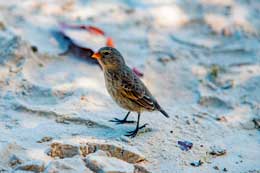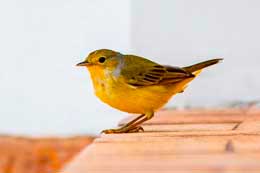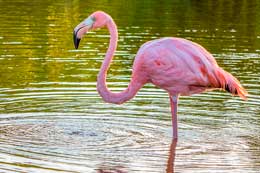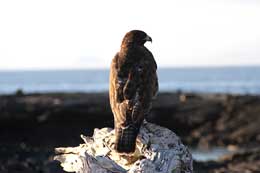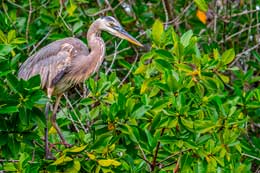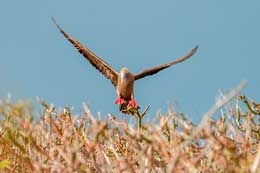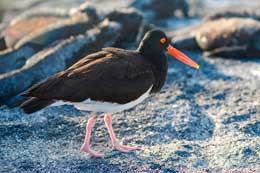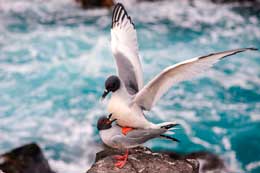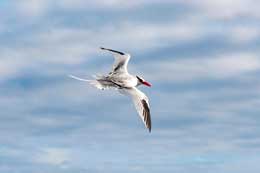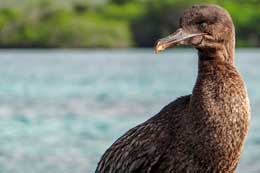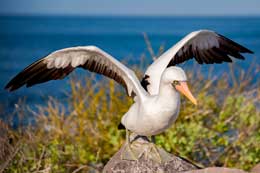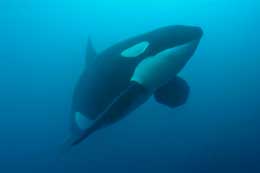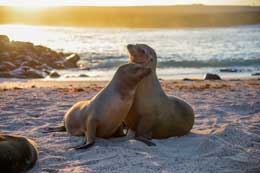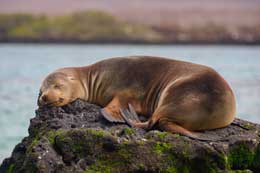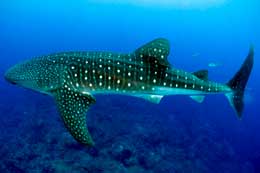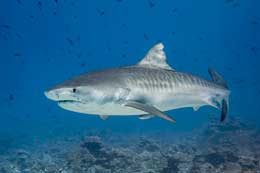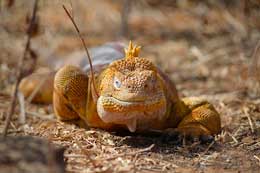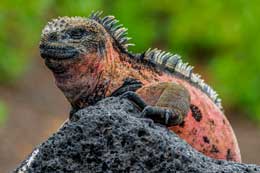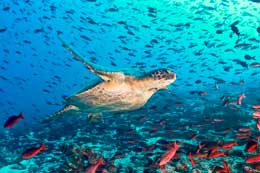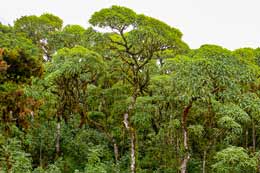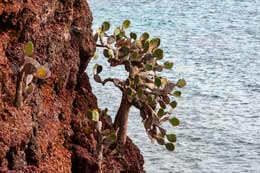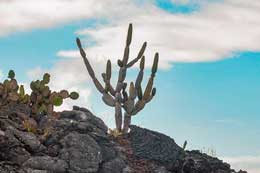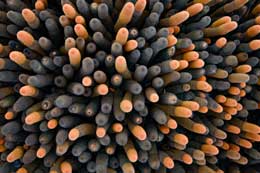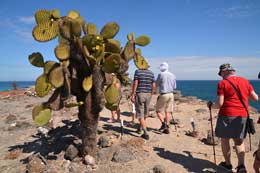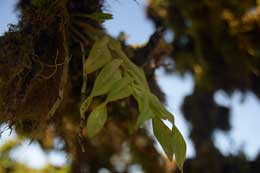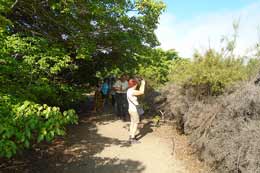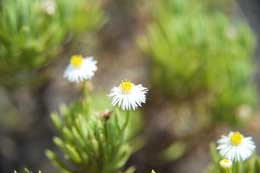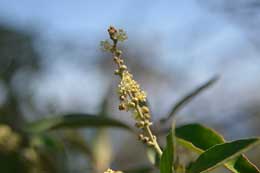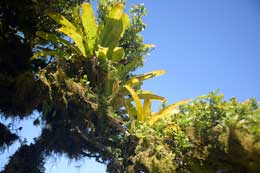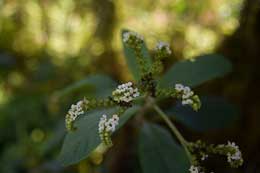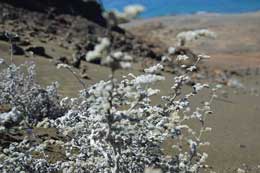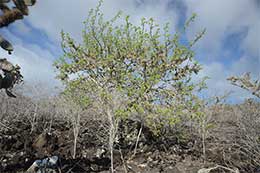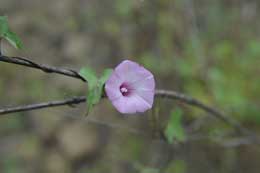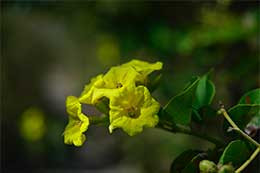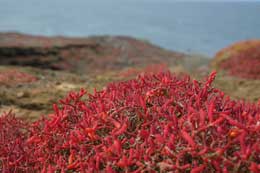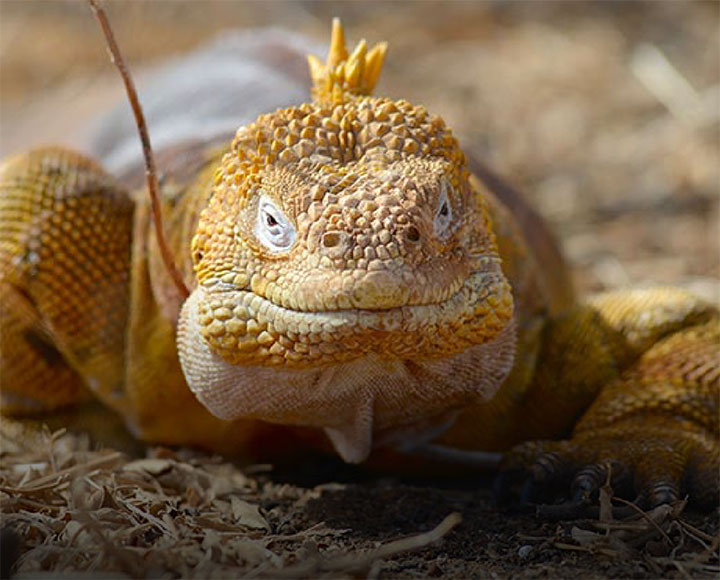 Flora and Fauna">
Flora and Fauna">
Unique
Flora & Fauna
Galapagos Flora and Fauna A living natural laboratory
The Galapagos Islands Islands are home of more than 9000 species some of them are unique, found only in this part of the planet.
Galapagos Fauna
The admiration of the world is centered on the fauna of the Galapagos Islands, due to the endemic conditions (82% mammals, 80% land birds, 26% seabirds, and 95% reptiles are endemic to the islands). The Galapagos fauna has its ancestors on the continent and they had an evolutionary process of approximately 4 million years. Among the Endemic Species that can be mentioned are petrels, cormorants, Galapagos sparrowhawks, penguins, land and marine iguanas, and many more.
The species or categories of fauna in the Galapagos can be found are mammals, birds, reptiles, fish, and marine invertebrates.
The following information on the fauna species of these fantastic islands is detailed below.
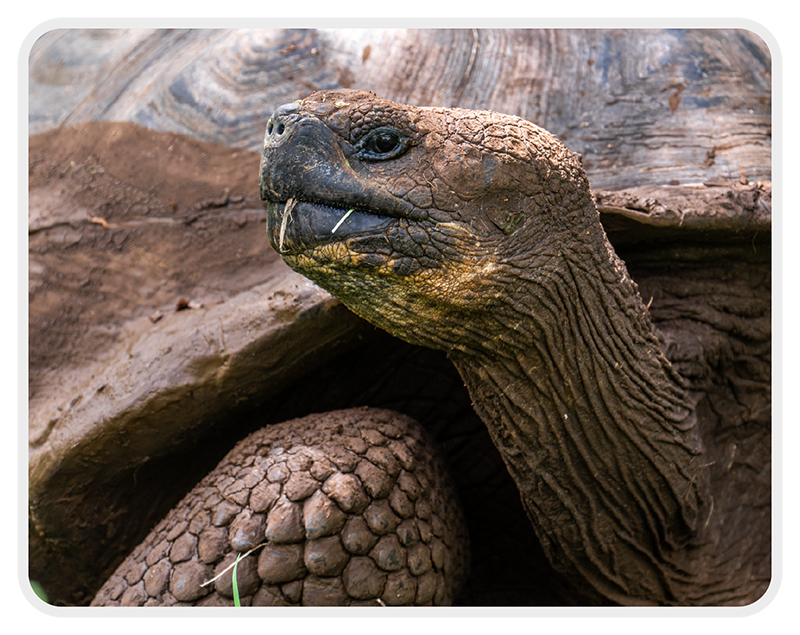
Galapagos Flora
The Galapagos Islands are been named with the most amazing adjectives such as: Fire Islands, Enchanted Islands, Colon Archipelago, Natural Paradise, and this, is superbly supported, at that moment, in that first instant that we can observe them, immediately the senses are wrapped in a captivating environment, that mixture of emotions or feelings that the Galapagos Islands awaken that even Darwin could have experienced when he arrived there, finding a fantastic living natural laboratory and which would finally mark an important milestone in the history, science, philosophy of humanity in his work "The Origin of Species" founding evolutionary theory.
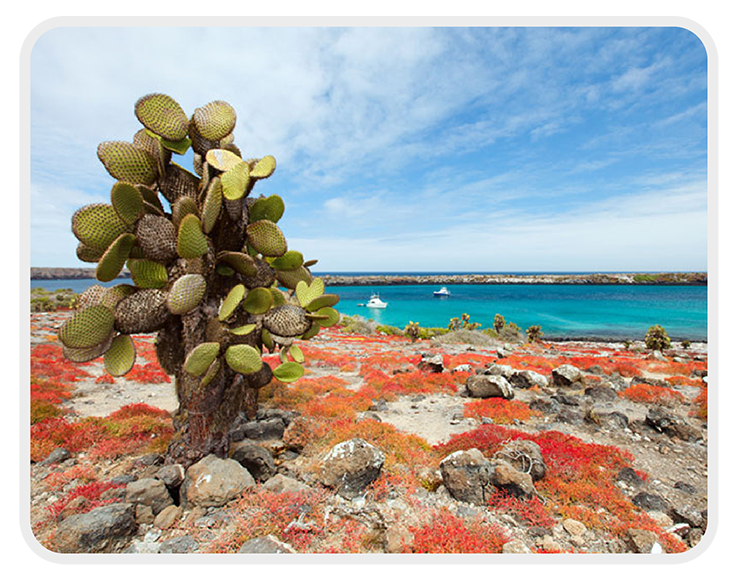
The Galapagos Islands are the result of a natural phenomenon, that allowed the formation of these incomparable destinations, allowing them to have beautiful and unique landscapes as well as their privilege geographical location, which gathers important factors for the development and adaptability of Endemic Species together with its ecosystems that makes this a unique place on the planet.
Due to the fusion of fascinating natural conditions, the Galapagos Islands are the habitat of exclusive species of flora and fauna, both in its terrestrial ecosystem in its well-known National Park, as well as its aquatic ecosystem in well-known Marine Reserve, together with all the criteria and its important care for its conservation and having obtained by UNESCO the declaration as a Natural Heritage of Humanity in 1978.

Adding important data that occurs within this innate wealth, it is important to mention the presence of marine currents such as the cold ones of Humboldt and Cromwell, as well as the warm of the Panama Canal, which will carry with them rich nutrients as sources that provide food such as phytoplankton accompanied by variety of schools of fish essential to the food chain allowing the adaptability and biodiversity of species.
While there are 560 species of 180 endemic plants in the Galapagos flora and 700 species were introduced as a result of colonization, some of these types were brought from the continent to be applied in agriculture, in other cases of an ornamental type and in other cases introduced accidentally.
Geological factors, isolation, topography, rainfall pattern, climatic variations, marine currents and the location of the islands influenced the appearance of the Galapagos flora as a result of a period of time the native and endemic flora went through the so-called natural
selection and evolution.
___________________
Download Galapagos Travel Guide
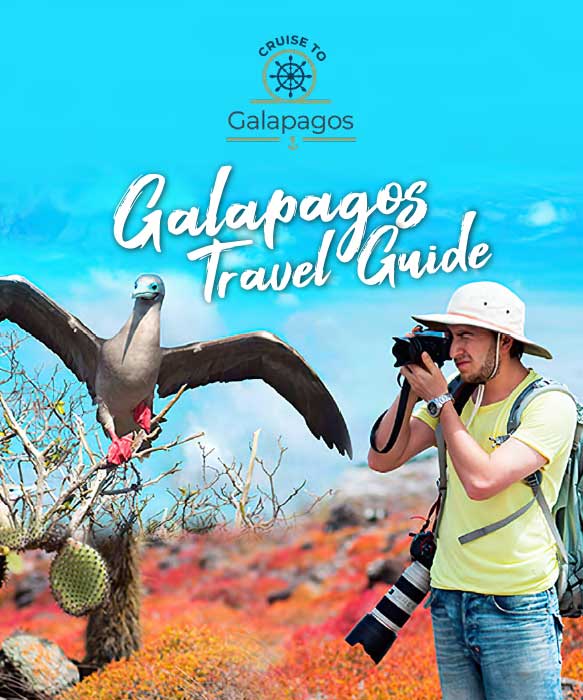
Download Galapagos Travel Guide
Complete the following form to access a travel guide, and subscribe to our blog for the latest news about Galapagos and Ecuador.
Do you want to request a quote?
We will assist you in planning your trip.
